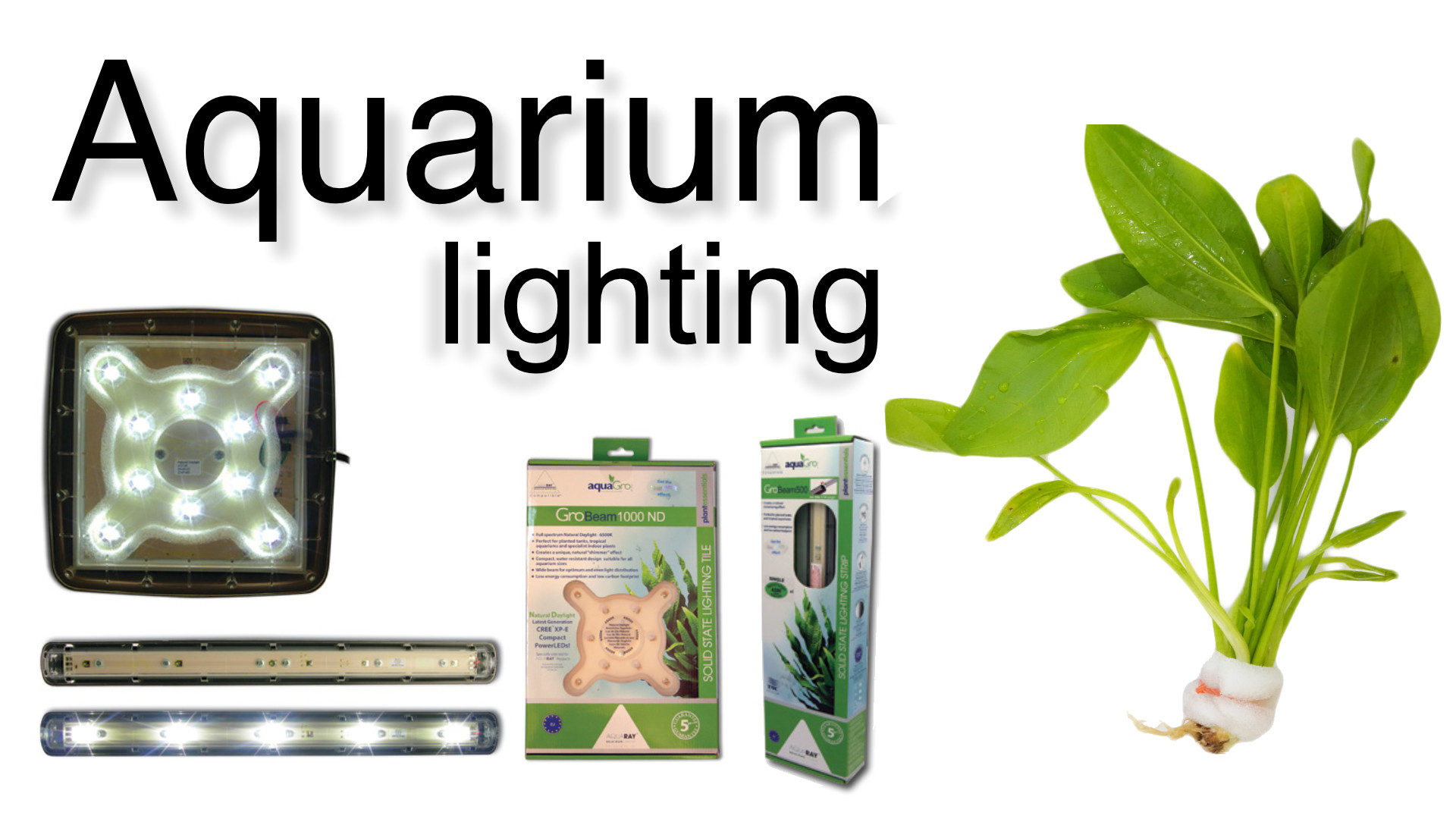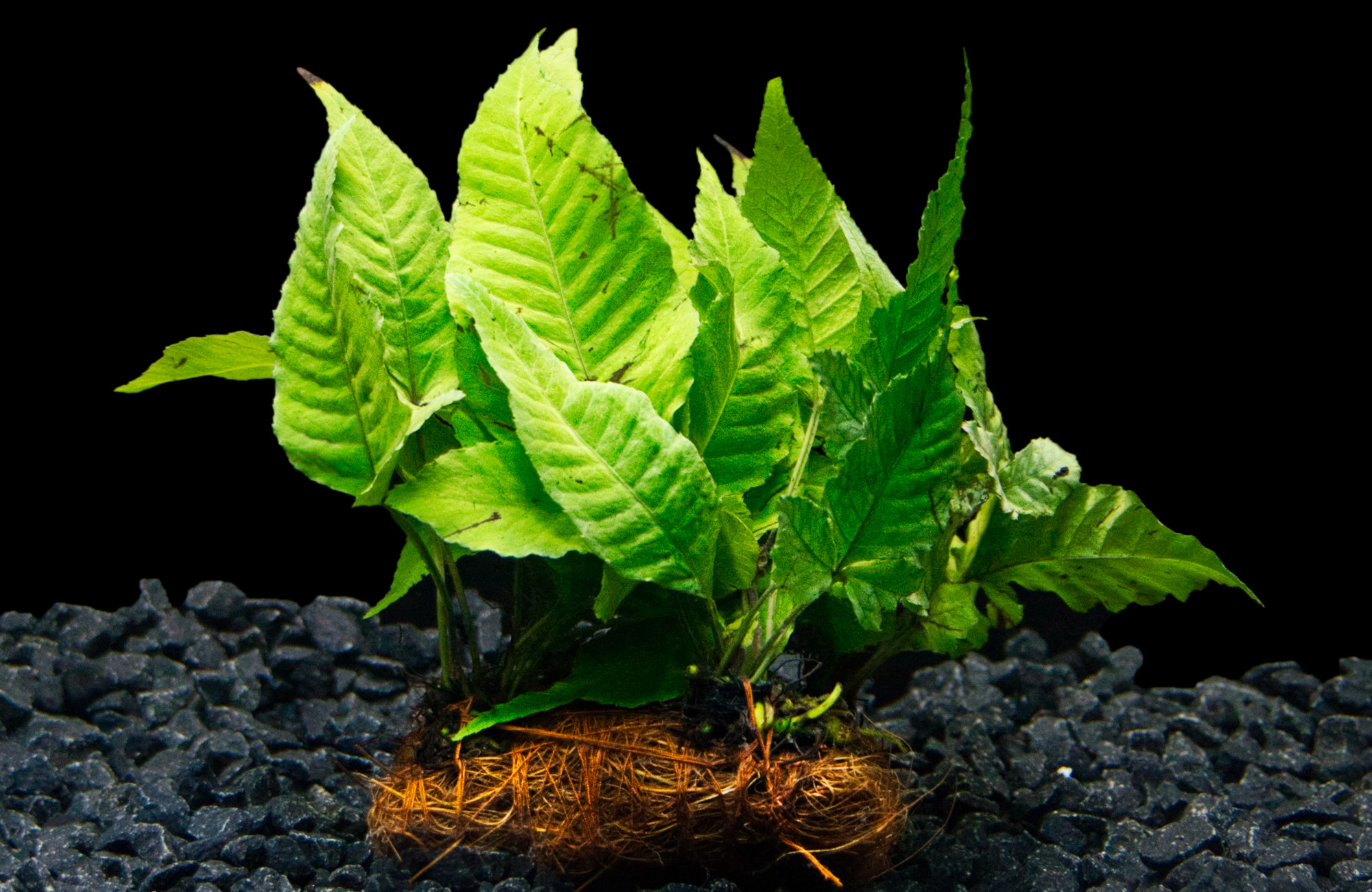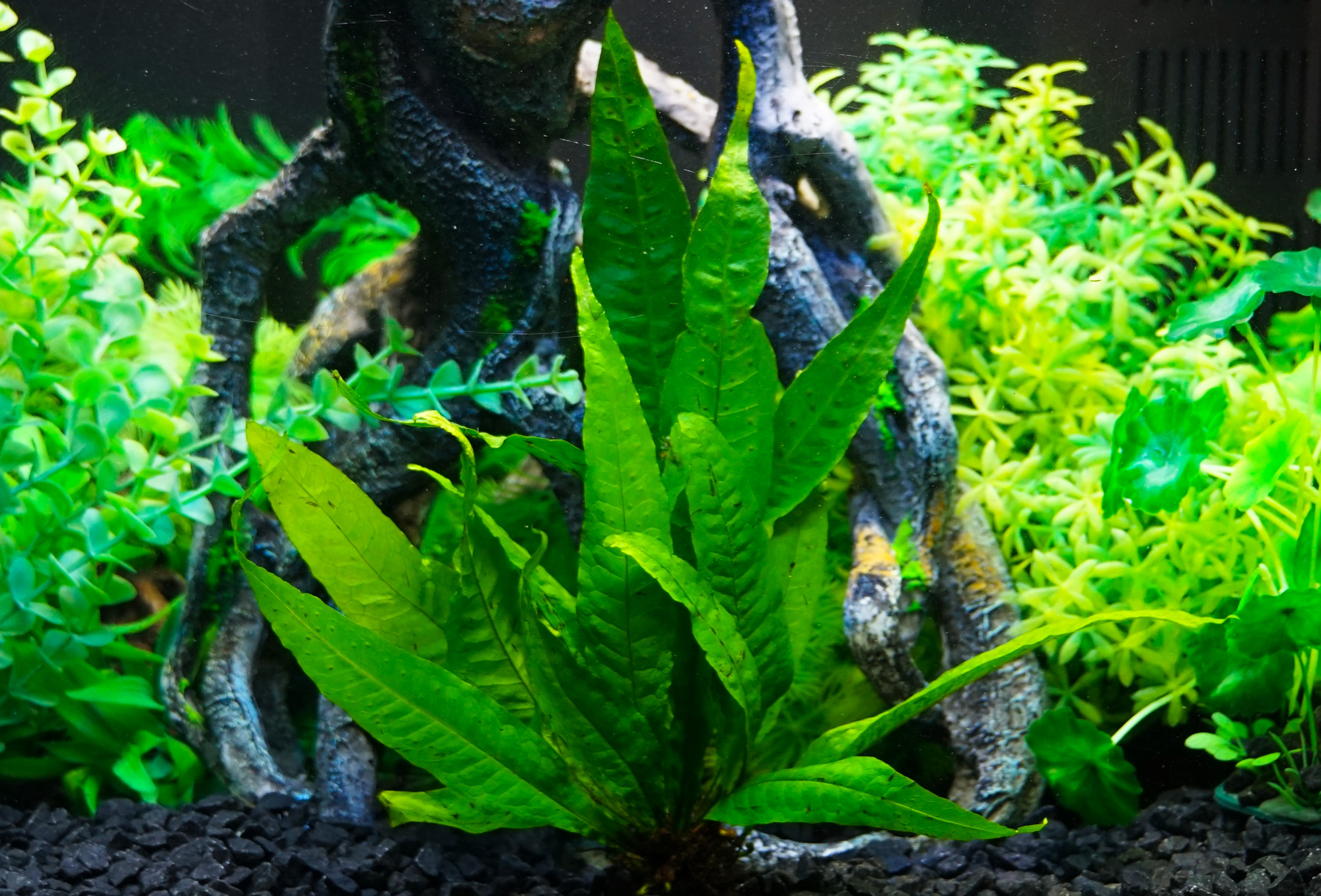The Lowdown on Lights

The first part of understanding your aquarium lighting is based on what your plan for the aquarium is. Obviously, fish are not going to be light dependent. There are fish that will look better under certain spectra of light, and some fish that will be more at home under subdued light, and some fish that are dependent on algae growth and thus dependent on light for the growth of their preferred food source, but this is pretty much the full gamut of lighting situations for everything in your aquarium with a spine. Effectively the same is true for all the invertebrates that might be in a home aquarium. What this all effectively boils down to, outside of aesthetics, is that the only thing that matters in your aquarium light wise is what you plant.
Next, you should consider your tanks location in regard to how well this spot ties into your daily life and what kind of impacts a well illuminated aquarium will have there. Aquarium lights can be bright, and LED lights in particular have a relatively intense light point that can be annoying when it reflects off your television or shines down into your eyes while you are lounging on the sofa. A little forethought here will make a big difference in your quality of life down the road.
Now we should talk about complexity, workload, budget, location and intent. These are all tied together, because more complex systems cost more, are more work, but are also capable of a wider variety of things. There is a balance to all planted systems. The lighter you have, the more carbon dioxide your plants will need, as those two items fall into balance, your plants will require more nutrients to keep up with the demands of the other two. Conversely, if the lights you choose are too bright for the amount of CO2 available, you'll have an aquarium over-run with algae in short order. A great way to tell when these elements are in balance is visual. You'll have limited algae growth; your plants will be thriving and will give off oxygen bubbles during the day!
Budget is a part of almost every aquarist's planning process, and in the case of planted aquaria, this needs to have a little more forethought than with other aquariums. In a cichlid tank, you can always add some more rocks and bigger filters later. In a planted tank, you are going to want to work out the carbon/light/nutrient balance first and so budget needs to come into play early. Your biggest expenditures will be on the tank itself (and stand), the carbon dioxide delivery system, and your lights.
While the vast majority of lights on the market are LED, there are still some quality T5 fixtures available at excellent prices. This being said, the upfront cost of a T5 light is usually lower than an LED fixture, but the long-term costs are almost always higher. T5 bulbs should be replaced every year at the minimum and they are less efficient in terms of how much light they can produce on a given amount of electricity. LED lights have the added advantage of a very realistic looking water shimmer; they will catch movement on the water's surface casting shadows onto the bottom and décor making for a very realistic underwater view.
Light color should be pretty straightforward, and in some ways, it is. If you head to your LFS and ask them about lights for planted aquariums, they'll steer you toward lights that will be the right mix of colors to make your plants happy. Where this topic gets a little more muddled is when we start talking about Kelvin. Kelvin is used to describe the color of light, but it there isn't an end-all standard for this. Generally, if your fixture has a kelvin below 4500k, it will be more warm and yellow and this effect will be very prominent at or below 3000k. Normal daylight spectrum (and probably the most effective / best looking in planted tanks) is between 4500k and 6500k. Above 6500k the color of the light will start to look cooler and more blue; above 8000k this becomes more pronounced and these numbers can go sky high (and totally bogus measurement wise). At 20,000k they are so blue you'll make things florescent! The problem here is that because there isn't a real standard for Kelvin, one manufacture might rate a light at 6500k and another manufacturer might call that a 5000K. You and a friend might both have 6500k lights on your respective aquariums and they could look pretty different.
Intensity is the question of the day, and the most popular way to measure this currently is PAR which stands for “Photosynthetic Active Radiation.” An easy (and mostly accurate) way to think about this is that you are measuring how much useful “light” is actually available to your plants. It is measured in a funny unit called millimoles per square meter (you don't really need to know this). The range starts at 0 and can be over 3000 in broad daylight, which is a value that would absolutely nuke your tank. Now this gets a little complicated but stay with us.
Logically, the further you get from a light, the less bright it appears; PAR works this way, and this effect is intensified in water. Out of water, PAR can drop by as much as 1/3 for every 5 inches of distance between the light and the target. Underwater, it's a little more complex than that but the reduction still applies. PAR is also focused, meaning that the highest PAR levels will be directly under the light fixture, and this number will decrease as you move away from this point. This effect is more prominent with LED lights. How much the number will fade depends on the reflectors and lenses in your fixture. Another factor that dramatically affects PAR is aquarium covering. Even a clean glass top can reduce PAR by 20 or 30 millimoles per square meter.
So, what does this all actually mean? Well, if you want no plants, or a low-tech planted aquarium you need a PAR value less than 15, and 10 would likely be a better target. Keep in mind, this number is at depth where the plant is, so some floating plants that need more light would also work here. With this strength of lighting, you could keep plants like:
Marimo ball (Aegagropila linnaei)
Java fern (Microsorum pteropus)
Dwarf Rotala (Rotala rotundifola)
Crypts (Cryptocoryne wendtii)
Amazon sword (Echinodorus sp.)
Water wisteria (Hygrophila difformis)
Java moss (Taxiphyllum barbieri)
Dwarf Hygro (Hygrophila polysperma)
When we think about medium PAR we are talking about values between 20 and 40 millimoles per square meter, again, at the depth these plants are growing at. With the right balance of carbon dioxide, nutrients and 40 PAR, you should be able to grow just about anything. Some of the lower light plants listed above will do better if placed in lower PAR locations in a medium intensity aquarium. A good example of this (not listed above) is Anubias (Anubias sp – there is lots of them). Anubias species will mostly be ok in low tech tanks, but they will thrive in medium intensity lighting, high tech tanks. Some medium demand plants are:
Anubias nana (and lots of other Anubias)
Madagascar Lace (Aponogeton madagascariensis)
Amazon Sword (Echinodorus sp)
Hyssop (Bacopa caroliniana)
Anacharis / Elodea (Egeria densa)
Ludwigia Red (Ludwigia sp.)
Clover Fern (Marsilea sp)
Mini Alt (Alternanthera reineckii)
Photosynthetic Active Radiation levels higher than 65 will actually be too bright for most commonly available, ornamental aquatic plants (excepting some pond plants of course). If your light setup is giving you readings much higher than this, you may want to plan to elevate the light slightly higher above your aquarium, use a glass lid, or utilize a dimmer (and hopefully your light has one). Dimmers are very useful, especially if you will be using this same light on different tanks over time. They give you one more tool in your box to help you hit that critical light/carbon/nutrient balance. There are some plants that will thrive in very high light situations, given adequate carbon and nitrogen and here are a few:
Stargrass (Heteranthera zosterifolia)
Whorled Pennywort (Hydrocotyle verticillata)
Dwarf Baby Tears / Cuba (Hemianthus calitrichoides)
Mudmat (Glossostigma elatinoides)
Giant Red Rotala (Rotala macranda)
None of these is an exhaustive list, and we encourage you to geek out and deep dive into the world of plants available to you and how to best keep them. Our website has a huge number of plants for you to see and another good resource is www.tropica.com. We use and sell TMC lights for a variety of uses in store. Their GroBeam series of tiles and bars is very adaptable, gives a very true spectrum, are very bright, and dimmable with the TMC controller. This combination of assets makes them useful in a lot of different scenarios. They have our highest recommendation.
On a side note, if you head through your local home improvement store, you'll see some light bulbs that say PAR 38 (and a few other numbers). In this instance, nothing about what we've been learning here today applies. In the world of home lighting, PAR stands for “Parabolic Aluminized Reflector” and the 38 is a measurement (in 1/8 inches of all things) of the width of the light. Don't buy one of these for a recessed fixture above your tank and think it's going to deliver 38 PAR to your aquarium!
We hope this helps you as you go forward planning your planted tanks. Lighting can seem overwhelming because of the huge number of data points you need to consider. It really isn't as complex as it seems. If you like tinkering with your tanks, this will not be too much for you. Lean on the experience of people in your Local Fish Store. Many will even have a PAR meter you can borrow or rent, which can take a ton of guesswork out of your attempts at balance! They'll also be a great source for lights, plants and fish from us! Just tell them Aquatropic sent you.